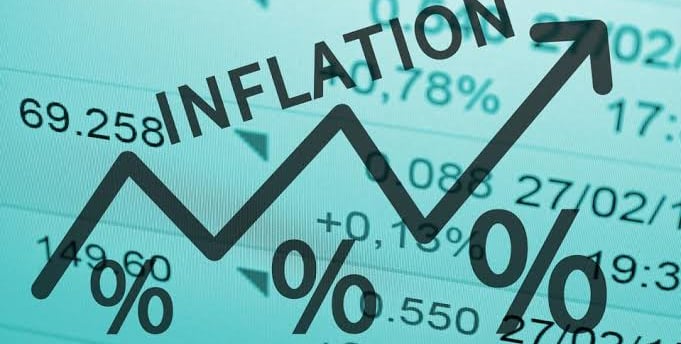Add your promotional text...
India’s Retail Inflation Hits 12-Month Low: Analyzing May 2024's Economic Trends
Synopsis: India's retail inflation has dropped to a 12-month low of 4.75% in May 2024, continuing a three-month trend of staying below 5%. This blog explores the factors behind this decline, including a significant reduction in core inflation and the contraction of the fuel and light category. Despite the overall decrease, food prices remain high, posing a challenge. The post also examines the implications of slowing industrial production growth and the potential future inflation trends, highlighting key insights from economic experts and the Reserve Bank of India's projections.
TOP STORIES
By Vishwash Saxena
6/12/20242 min read


India’s retail inflation has eased to a 12-month low of 4.75% in May 2024, according to data released by the Ministry of Statistics and Programme Implementation on June 12. This marks a slight decrease from April’s 4.83% and continues a trend of inflation staying below the 5% mark for three consecutive months since March 2024.
A Closer Look at the Inflation Trends
The Consumer Price Index (CPI) inflation rate for May 2024 is the lowest since May 2023, when it stood at 4.31%. The easing of inflation is attributed to various factors, including a decline in core inflation, which excludes volatile components such as food and fuel. Core inflation has dropped to an all-time low of 2.97%, indicating some demand imbalances and economic gaps, as noted by Madhavi Arora, lead economist at Emkay Global.
Food Prices Remain High
Despite the overall decrease in headline inflation, the Consumer Price Food Index (CPFI) remained relatively flat, registering 8.69% in May compared to 8.7% in April. Food and beverages inflation remained steady at 7.87%, reflecting persistent high prices in this sector. The Reserve Bank of India (RBI) has projected a 4.5% inflation rate for FY25 but warned that food prices might remain sticky.
Factors Contributing to Lower Inflation
The decline in the headline inflation rate was partly due to a contraction in the fuel and light category, which saw a decrease of 3.83% in May, though at a slower pace than the previous month. Aditi Nayar, Chief Economist at ICRA, noted that the unexpected easing of CPI inflation to 4.75% in May was driven by a lower-than-anticipated print for the food and beverages group.
Industrial Production Growth Slows
On the same day, data for the Index of Industrial Production (IIP) was released, showing a slowdown in growth to 5% in April, the lowest in three months, compared to 5.4% in March. This indicates some cooling in industrial activity which could impact future inflation trends.
Detailed Breakdown of Food Inflation
Among food items, vegetable prices eased marginally to 27.33% in May from 27.80% in April. However, pulses saw a slight increase to 17.14% from 16.84%. Cereal prices also rose on a month-on-month basis. Meat and fish prices declined significantly to 7.28% in May from 8.17% in April.
ICRA’s Nayar highlighted that while food and beverages inflation remained unchanged in May, seven out of twelve sub-groups, including spices, meat, fish, and vegetables, showed cooling inflation prints. Notably, the price of spices softened significantly to 4.27% from 7.75% in April.
Future Outlook and Considerations
Madhavi Arora of Emkay Global pointed out that despite the current trends, food prices need careful monitoring due to potential stress from ongoing heatwaves and low reservoir levels which could impact fruit and vegetable prices. Arora also suggested that the FY25 headline CPI might undershoot the RBI’s inflation expectation of 4.5% by 10-20 basis points, assuming a normal monsoon and modest rise in commodity prices.
In Conclusion, India’s retail inflation has seen a significant decrease, reaching a 12-month low in May 2024. This decline is driven by various factors, including lower core inflation and a contraction in the fuel and light category. However, food prices remain high, and future inflation trends will depend on external factors such as weather conditions and commodity prices. The RBI’s projections and ongoing economic developments will be crucial in shaping the inflation landscape in the coming months.
